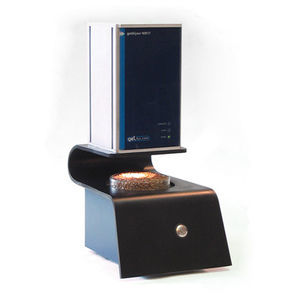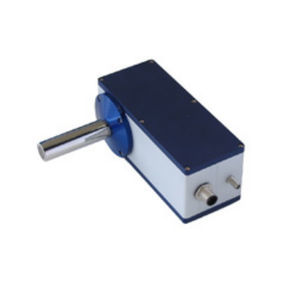

- Products
- Catalogs
- News & Trends
- Exhibitions
Optical oxygen sensor getOtwo 3301 ielectrochemicalModbusreal-time

Add to favorites
Compare this product
Characteristics
- Technology
- electrochemical, optical
- Output
- Modbus
- Other characteristics
- real-time
Description
fibre optical sensor for measuring oxygen in biotechnology and chemistry
Monitoring in Bioreactors
Measurement in Food and Beverage
Determine metabolic processes
Concentration measurements, e.g. in slurries, oils ...
Monitoring of processes of oxidation
Fermentation monitoring
Monitoring of filling process
12mm shaft out diameter
free spinning PG13,5 thread
CIP resistant
2 independent oxygen measurement channels in one sensor
Modbus and 2x4(0)-20mA (or 2x 0-5VDC for getOtwo 3301)
IP67 / NEMA 6
Several shaft lengths
Spot is pre-calibrated
Internal data logger
The state-of-the-art oxygen sensor getOtwo 3301i is based on the principle of fluorescence quenching. It is therefore possible to detect low oxygen concentrations. Usual standard electrodes can be replaced due to getOtwo's shaft having an outer diameter of only 12mm and a PG13,5 thread. Long tool life at minimized maintenance efforts guarantee low operating expenses at high measuring safety
The first and only system with two separate measurement channels built into a 12mm shaft for real-time referencing
Shaft length of only 50mm are possible ( for GetOtwo 3302 and GetOtwo 3302i)
Health monitoring of all sensor function and status of sensitive element
Sensitive element placed in robust cap for easy replacement
No fragile oxygen membrane or problems coming from electrolyte
No polarisation necessary
Less maintenance - Immediate high accuracy
No oxygen consumption
IPG13.5 thread for compatibility to ph- or electrochemical electrodes
CIP-resistant
Temperature measurement implemented
IP67 / NEMA 6
Related Searches
- Concentration analyser
- Monitoring analyser
- Liquids analyser
- Dust analyzer
- Spectrometer
- Water analyser
- Calibration analyser
- Oxygen meter
- Moisture analyser
- Compact spectrometer
- Process spectrometer
- Electrochemical oxygen sensor O2
- Measurement spectrometer
- PH analyzer
- Process probe
- Fast spectrometer
- USB spectrometer
- Infrared spectrometer
- Protein analyser
- Identification analyzer
*Prices are pre-tax. They exclude delivery charges and customs duties and do not include additional charges for installation or activation options. Prices are indicative only and may vary by country, with changes to the cost of raw materials and exchange rates.







